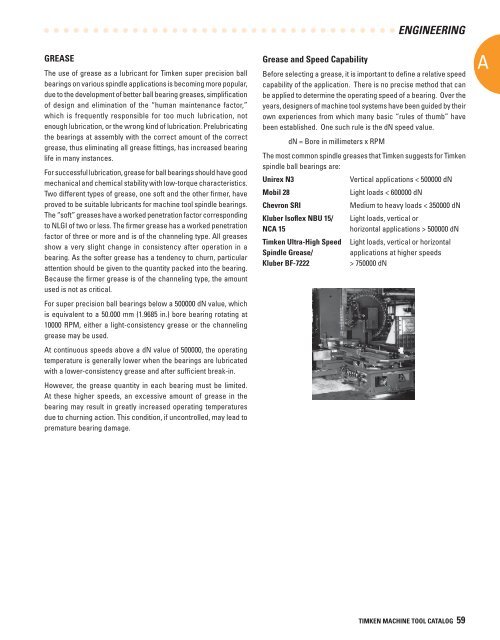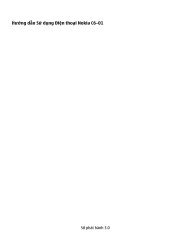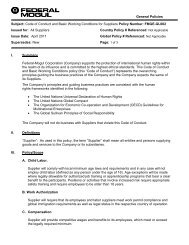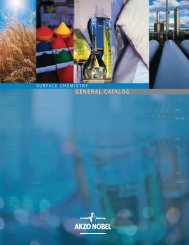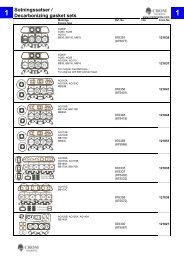Create successful ePaper yourself
Turn your PDF publications into a flip-book with our unique Google optimized e-Paper software.
GREASE<br />
The use of grease as a lubricant <strong>for</strong> <strong>Timken</strong> super precision ball<br />
bearings on various spindle applications is becoming more popular,<br />
due to the development of better ball bearing greases, simplification<br />
of design and elimination of the “human maintenance factor,”<br />
which is frequently responsible <strong>for</strong> too much lubrication, not<br />
enough lubrication, or the wrong kind of lubrication. Prelubricating<br />
the bearings at assembly with the correct amount of the correct<br />
grease, thus eliminating all grease fittings, has increased bearing<br />
life in many instances.<br />
For successful lubrication, grease <strong>for</strong> ball bearings should have good<br />
mechanical and chemical stability with low-torque characteristics.<br />
Two different types of grease, one soft and the other firmer, have<br />
proved to be suitable lubricants <strong>for</strong> machine tool spindle bearings.<br />
The “soft” greases have a worked penetration factor corresponding<br />
to NLGI of two or less. The firmer grease has a worked penetration<br />
factor of three or more and is of the channeling type. All greases<br />
show a very slight change in consistency after operation in a<br />
bearing. As the softer grease has a tendency to churn, particular<br />
attention should be given to the quantity packed into the bearing.<br />
Because the firmer grease is of the channeling type, the amount<br />
used is not as critical.<br />
For super precision ball bearings below a 500000 dN value, which<br />
is equivalent to a 50.000 mm (1.9685 in.) bore bearing rotating at<br />
10000 RPM, either a light-consistency grease or the channeling<br />
grease may be used.<br />
At continuous speeds above a dN value of 500000, the operating<br />
temperature is generally lower when the bearings are lubricated<br />
with a lower-consistency grease and after sufficient break-in.<br />
However, the grease quantity in each bearing must be limited.<br />
At these higher speeds, an excessive amount of grease in the<br />
bearing may result in greatly increased operating temperatures<br />
due to churning action. This condition, if uncontrolled, may lead to<br />
premature bearing damage.<br />
Grease and Speed Capability<br />
ENGINEERING<br />
Be<strong>for</strong>e selecting a grease, it is important to define a relative speed<br />
capability of the application. There is no precise method that can<br />
be applied to determine the operating speed of a bearing. Over the<br />
years, designers of machine tool systems have been guided by their<br />
own experiences from which many basic “rules of thumb” have<br />
been established. One such rule is the dN speed value.<br />
dN = Bore in millimeters x RPM<br />
The most common spindle greases that <strong>Timken</strong> suggests <strong>for</strong> <strong>Timken</strong><br />
spindle ball bearings are:<br />
Unirex N3<br />
Vertical applications < 500000 dN<br />
Mobil 28<br />
Light loads < 600000 dN<br />
Chevron SRI<br />
Medium to heavy loads < 350000 dN<br />
Kluber Isoflex NBU 15/ Light loads, vertical or<br />
NCA 15<br />
horizontal applications > 500000 dN<br />
<strong>Timken</strong> Ultra-High Speed Light loads, vertical or horizontal<br />
Spindle Grease/<br />
applications at higher speeds<br />
Kluber BF-7222<br />
> 750000 dN<br />
A<br />
TIMKEN MACHINE TOOL CATALOG 59


